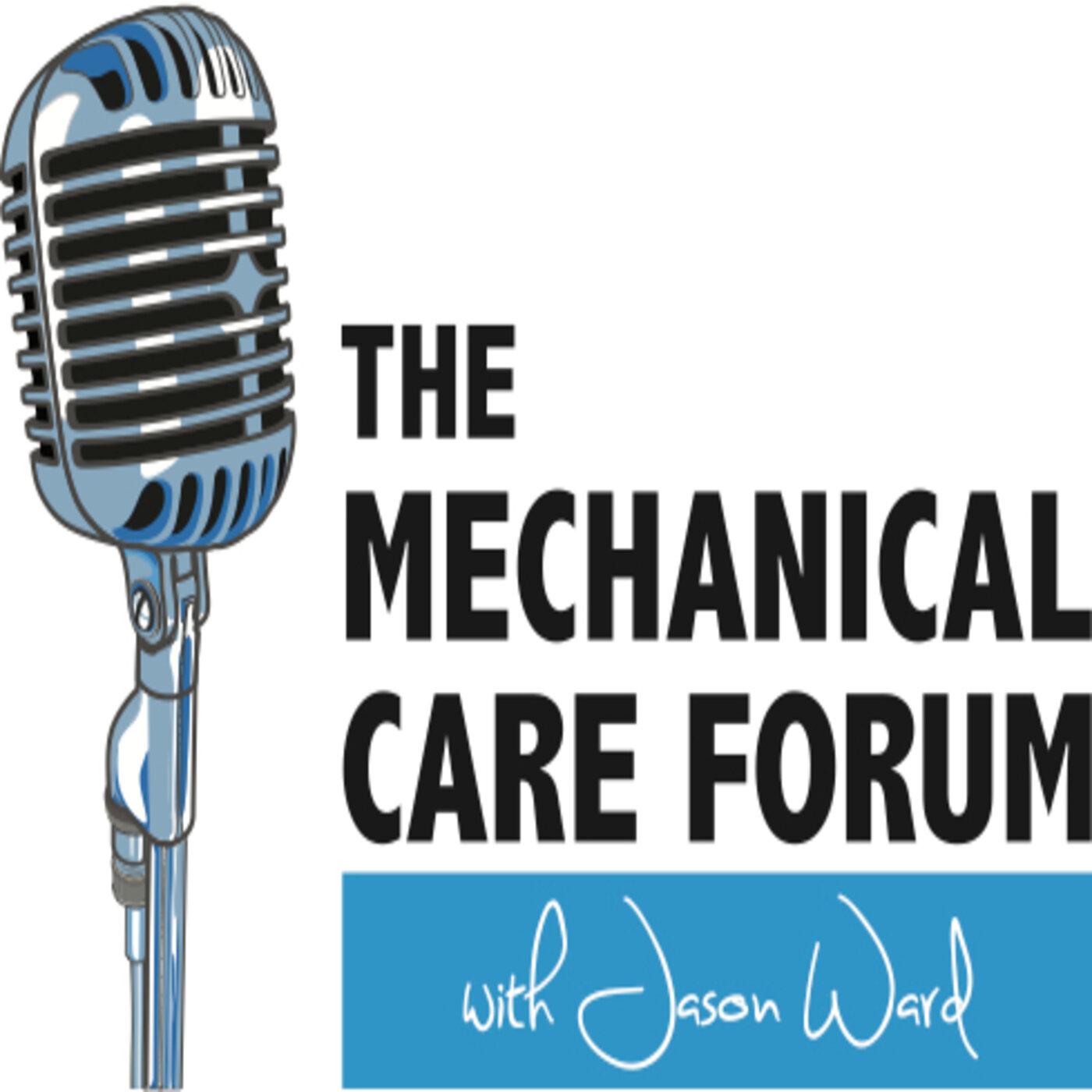Case #7- Mark Laslett


Case #7- Mark Laslett
In case #7 I'm joined by Dr. Mark Laslett PhD, FNZCP, Dip MT, Dip MDT of Auckland, NZ. He was in private practice from 1971 until 2001, when he began full-time doctoral studies. After completing his PhD studies in 2005, he returned to clinical practice. He continues to practice as a consultant clinician. Mark was trained informally in musculoskeletal diagnosis and manipulative therapies by Dr. Ian Broadfoot then completed the Diploma in Manipulative Therapy in 1976. Mark had a long association with Robin McKenzie and was an international instructor for the McKenzie Institute International until 1997. Mark started teaching manipulative therapy for the upper and lower extremities in 1980, then was a spinal section instructor until 1988. He commenced teaching mobilization and manipulation workshops for the McKenzie Institute as a senior international instructor in 1985 and added his own courses on the upper and lower extremities in 1990. He has presented courses in the USA, Canada, and Europe. Mark commenced involvement in research in 1982 and has pursued this passion ever since. His main academic and research interest is in the theory and practice of diagnostics as distinct from therapeutics. He has over 35 publications, contributed chapters to two multi-author books and self-published his own text Mechanical Diagnosis and Therapy: The Upper Limb in 1996 (now out of print). He became a Fellow of the New Zealand College of Physiotherapy in 2007 and has served as a member of its Academic Board since 2008.
Mark discusses a 64 year old female with central sacral pain. (34min 0sec)
In this case Dr. Laslett offers his sequence of testing in the physical exam when he's differentiating lumbar versus SI joint pathology. He shares his view that increased education is needed for the patient when it’s learned that they've been diagnosed with "general arthritis."
We speak extensively on what information he gains by the location of this patients pain being central/symmetrical versus lumbar or asymmetrical sacral. Within the physical exam Mark explains why he tests essentially every direction, both loaded and unloaded with all patients with lumbar and sacral complaints.
He offers helpful communication tips for those patients who confuse "constant" with "intermittent" pain and he goes into detail regarding the value of producing or increasing the pain during movement testing and the benefit for the patient by doing so.
With Mark's 40+years of experience, his expert status in sacral and lumbar mechanical assessment and treatment, years of interaction and mentorship he received from Robin McKenzie himself, and the extent of original research he's published on related issues, you'll appreciate this case and the insights he shares.
